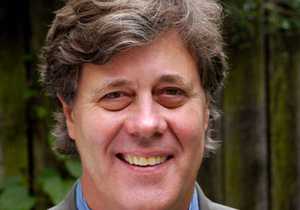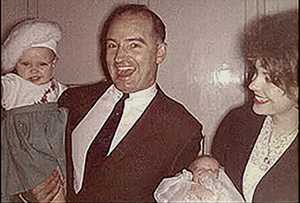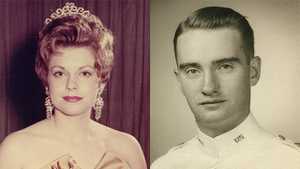Student Protesters
From the Collections: Vietnam War | Fighting for a More Perfect Union: Protest and Politics in AmericaOnly a few were natural protesters, those students who marched against the war in Vietnam. Most had come to the University of Wisconsin to learn, to have fun, to get away from home. But as the war escalated, more and more students were drawn into the demonstrations, and what they witnessed on October 18 brought even more into the fold.

One Natural Protester
Born into a family of activists, Paul Soglin was one of those rare students who seemed destined to protest. Named for African American civil rights leader and singer Paul Robeson, Soglin grew up in the Chicago area. Two grandparents had avoided military service in the Russian army, and his father refused to sign a loyalty oath required of public school teachers in the McCarthy era. In high school Soglin had questioned the need for air raid drills, and he chose University of Wisconsin in part because of its minimal ROTC requirements. Once on campus, Soglin eagerly joined the nascent protest culture, taking a leadership position in the local branch of a major civil rights organization, the Student Nonviolent Coordinating Committee, and participating in the university's first substantial protest against American involvement in Vietnam in 1963. If there was a cause and a chance to demonstrate, Soglin would likely be there.
A Student Who Focused on Studying
Jane Brotman was one of the many students who didn't come to the University of Wisconsin to protest; she was trying to escape the materialistic culture of South Orange, New Jersey, and followed a large contingent of New Jersey students west to Madison. Brotman had no problems with her government; she considered the United States to be "the greatest country in the world," always right in its foreign affairs. She avoided the hippies and the radicals, passed by their tables in the Campus Union without a glance, and was angry with anyone who opposed the war. Neither a beer drinker nor a sorority girl, Brotman came to Madison in the fall of 1967 to study, and she hewed diligently to her academic commitments. Upcoming protests interested her far less than her first set of exams.
Draft and Dissent
In the mid-1960s, nearly two and a half million undergraduates had received student deferments from the draft, but they lived at the mercy of the Selective Service System's pronouncements. When in 1966 it announced a change in policy that exposed those with poorer grades to an increased chance of being drafted, this provoked University of Wisconsin's largest demonstration to date. Soglin, then a senior, joined the first sit-in at an administration building. Although protesters faced the possibility of expulsions that would jeopardize their student deferments, the sit-in lasted for several peaceful days and was amicably resolved when the administration announced that the faculty would review university's draft policy. Soglin, for one, was delighted by this and wrote a letter to President Fred Harrington stating, "For the first time I am able to say that I am proud to be a student at the University of Wisconsin." Still, the sit-in marked the beginning of a new volley of protests, not the end. Demonstrators greeted Dow Chemical when it recruited on campus in February 1967, and made plans for even larger sit-ins when the company returned in October.

Violent Confrontation
On the morning of October 18, 1967, Brotman was on her way to a review session when noise from the anti-Dow demonstrations aroused her curiosity. She walked over and watched as more than a thousand people gathered outside the building where some Dow interviews were taking place. Inside, Soglin joined other demonstrators in blocking a hallway. Soglin had recently initiated a lawsuit challenging the university's policy on student protests, but he expected another day of peaceful civil disobedience, with some arrests, perhaps, but no violence. Soglin soon discovered that the town police summoned by Chancellor William Sewell had other ideas, and even though he tried to protect himself with a sheepskin jacket, they beat him on his head, spine, and legs.
Off the Sidelines
Outside, Brotman's eyes began to sting with the tear gas police were using; horrified by the brutality she witnessed, Brotman, along with other students, began to move off the sidelines and into the antiwar movement. Her first step was joining the student strike announced that night and skipping a French exam. Her professor failed her, but Brotman did not look back. Meanwhile, Soglin, who felt betrayed by the authorities' violent response to a peaceful protest, took a new tack, exploring ways to work within the political system. In April 1968 he was elected a town alderman, and in 1973 Soglin became the mayor of Madison.







